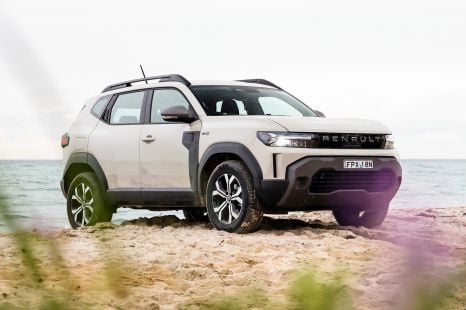

Max Davies
2025 Renault Duster review
4 Days Ago

Marketplace Editor
Honda Australia is the latest company to be a victim of its own success, with wait times for petrol-electric hybrid models now stretching to 10 months – meaning you can’t get one until 2023 if you order today.
A spokesperson for the brand’s local division said the new HR-V e:HEV as well as the flagship Accord Hybrid have substantial order banks, with lead times currently nudging a year.
The Honda HR-V e:HEV L hybrid only arrived on the market in May, and is one of the few vehicles in its segment to offer an electrified option.
Key rivals for the petrol-electric HR-V include the Kia Niro Hybrid, Mitsubishi Eclipse Cross Plug-in Hybrid, Subaru XV Hybrid and Toyota C-HR Hybrid.

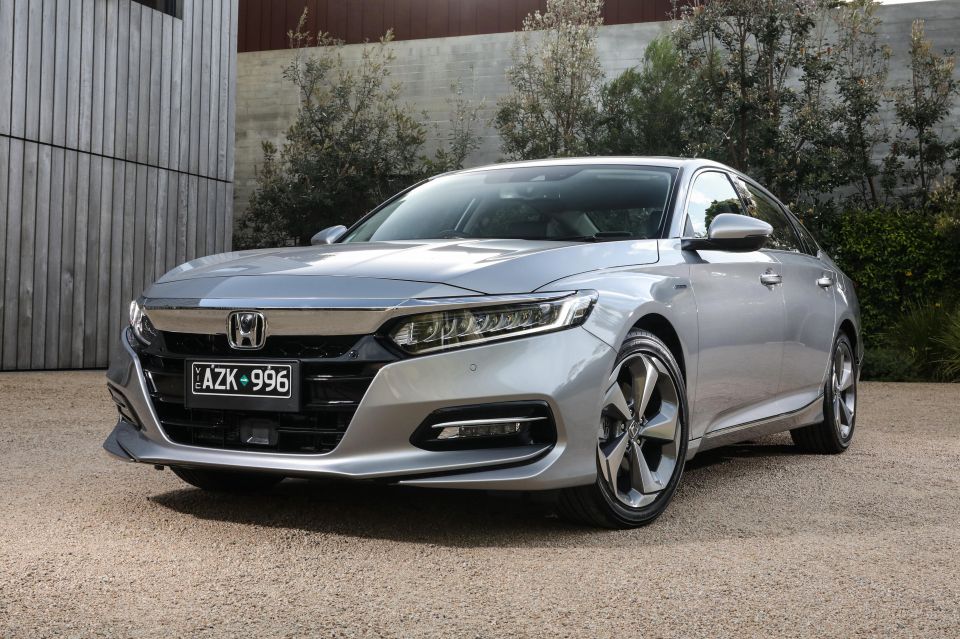
In the coming 6-12 months we’re likely to see a number of additional hybrid options in the small SUV segment, including the GWM Haval Jolion Hybrid (due by year’s end), Nissan Qashqai e-Power (late-2022 or early-2023) and the Toyota Corolla Cross Hybrid.
Meanwhile, the Accord VTi-LX Hybrid is a low-volume vehicle in a lower volume segment – the medium passenger car class – yet the company still cannot get its hands on enough supply.
The Toyota Camry Hybrid dominates electrified sales in this arena, with the only other option being the Peugeot 508 Plug-in Hybrid which is significantly more expensive.
The HR-V e:HEV L was recently subjected to a $2000 price increase, now $47,000 drive-away, while the Accord VTi-LX Hybrid is unchanged at $61,900 drive-away. Read more about Honda’s recent mark-ups here.
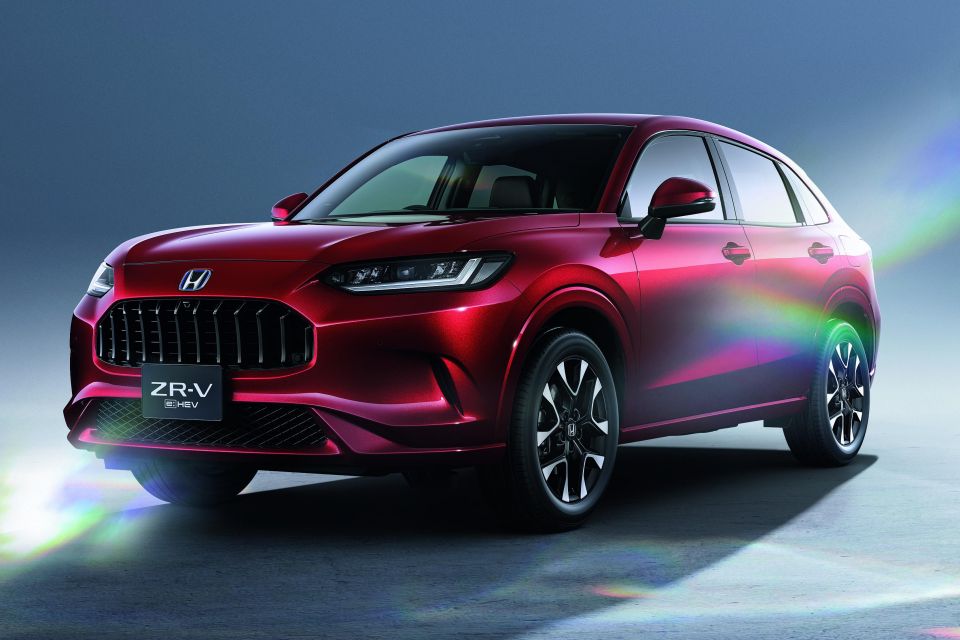
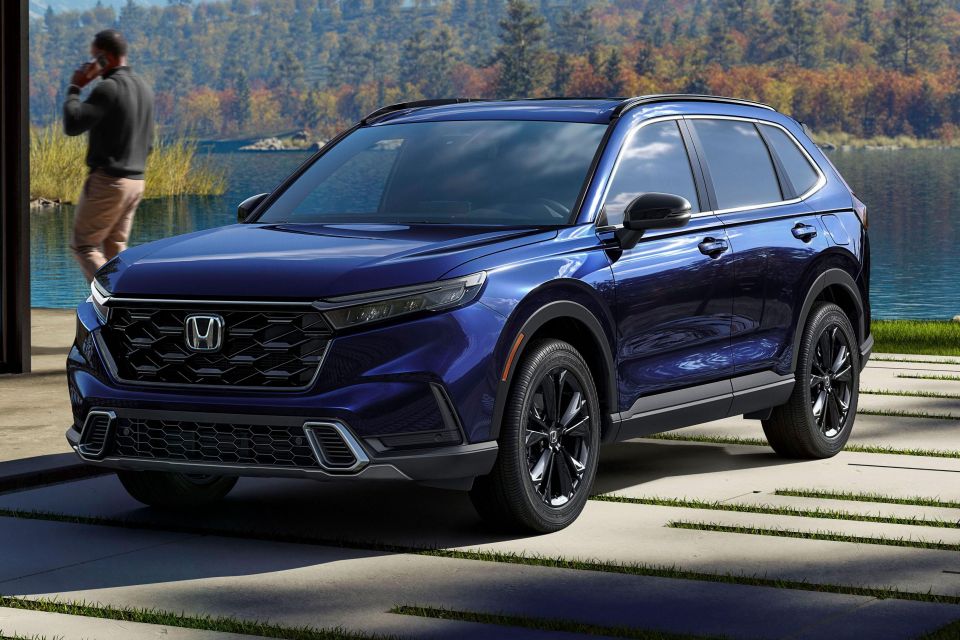
Honda is due to more than double its hybrid offerings in the next 12-18 months too, with the Civic e:HEV hybrid due before the end of 2022.
A new SUV nameplate slotting between HR-V and CR-V (almost certainly to be called ZR-V as it will be in Japan and Europe) is confirmed, and will offer a hybrid option when it arrives in 2023. The recently-revealed next-gen CR-V is also set to offer a hybrid variant when it hits Aussie showrooms sometime next year.
Once the electrified product rollout is complete, Honda will have hybrid options in several key markets including the small and medium SUV segments, as well as the small passenger class.
But the company will not be importing its global offerings in the light passenger and light SUV classes – the Jazz hatchback and Jazz Crosstar crossover – to take on the Toyota Yaris and Yaris Cross hybrids, due to the sharp decline in Light and Micro Passenger segments in recent years.
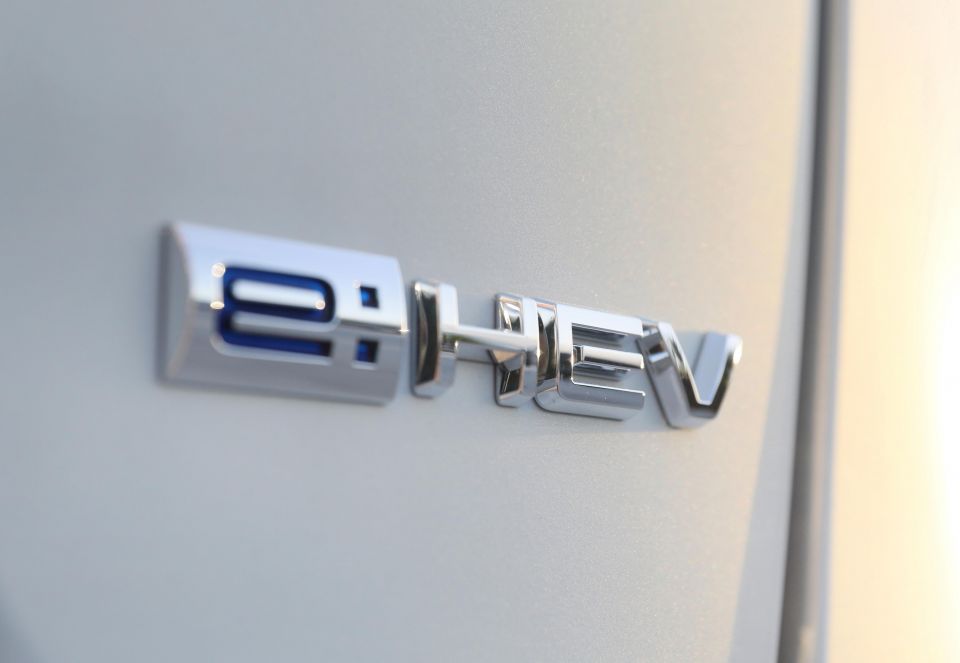
Honda Australia sold 928 vehicles in July 2022, an increase of 12.9 per cent over the same month last year – though July 2021 was when the company switched over to its fixed-price agency sales model.
The CR-V had a strong month, returning 554 registrations (+124.3 per cent), and the new HR-V sold 288 units which marked a 4.0 per cent increase on its predecessor’s effort last July.
Year-to-date, Honda’s local division has sold 8549 vehicles to the end of July 2022, which is a 26.3 per cent drop on the same period on 2021, though the brand is confident it will meet its new volume targets following the first full year of its new distribution strategy.
MORE: Everything Honda Accord MORE: Everything Honda HR-V
Where expert car reviews meet expert car buying – CarExpert gives you trusted advice, personalised service and real savings on your next new car.
James is an automotive journalist based in Melbourne, Australia. Before joining CarExpert.com.au in 2020, James has worked at leading auto media outlets including Carsales and CarAdvice, as well as at Pulse agency for Ford Australia's communications team. In 2019 James made Mumbrella's 'Top 20 most prolific web authors in Australia' list after publishing 1,360 articles between March 1, 2018 and February 28, 2019 for CarAdvice. James is also an Ambassador for Drive Against Depression – an Australian charity whose mission is to support mental wellness through the freedom of driving and a shared love of cars.


Max Davies
4 Days Ago
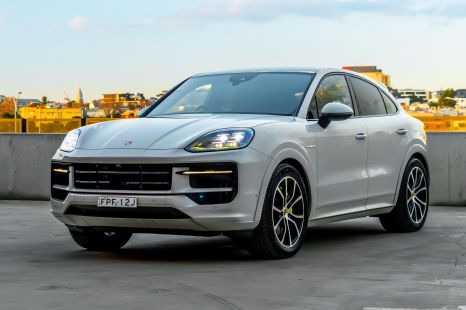

James Wong
4 Days Ago


Shane O'Donoghue
3 Days Ago


Matt Campbell
2 Days Ago


James Wong
17 Hours Ago
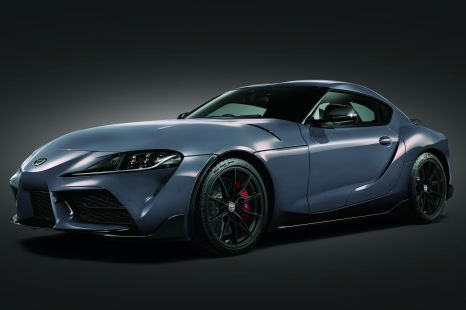

William Stopford
6 Hours Ago